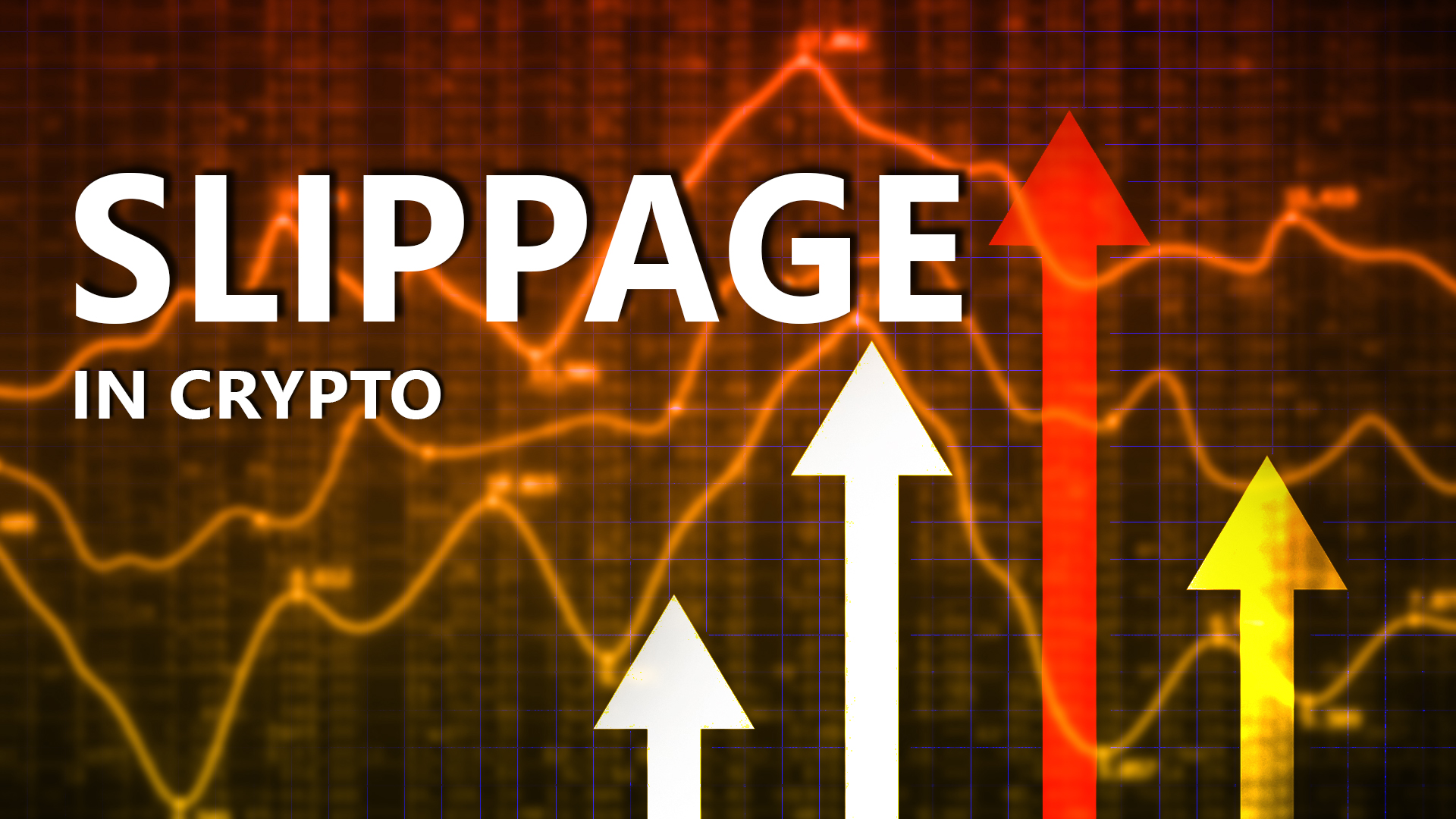
Slippage In Crypto World: Everything You Should Know About It
- Slippage shows the difference between the expected price and the executed price.
- It can be negative or positive depending on the situation
The crypto market is renowned for its high volatility, with cryptocurrency prices changing rapidly within minutes or even seconds. But, after all the market is full of investors who love to own and trade these digital assets. As one starts crypto trading, he/she should be familiar with all terms and conditions in this crypto world.
So today, we will try to explain one such term named Slippage. It is a very popular term in the world of crypto. In this blog, We’ll explore what it means, how it operates, and most importantly, how you can avoid its potential pitfalls. So without any further delay, let’s take a deep dive into the main topic.
Understanding the Concept of Slippage
Slippage generally means the difference between the price of what you have expected and the price at which the execution is done. It is not a new term as it happens in traditional financial markets as well. However, the crypto market is highly volatile in nature, slippage tends to have a more significant impact here.
The impact of slippage can be either positive or negative, depending on the situation. Positive slippage occurs when the executed price is higher than expected, resulting in a profit. Conversely, negative slippage arises when the executed price is lower than anticipated, leading to a loss. To mitigate the risks associated with negative slippage, traders often set their slippage tolerance.
Slippage can be caused in many ways. For instance, it can be caused by the trading activity of the traders at a particular time. Also, it can be caused by price fluctuations or it can be a news or event which can cause the slippage to happen.
How Slippage Works?
To understand how Slippage works, we have to take an example of any crypto asset, let’s say Ether. Suppose an exchange is offering Ether at the price of $1,000 and a trader intends to buy it at this rate. Seeing this price, the trader wishes to buy Ether for the given amount. The trader places an order at the market price of $1,000. But, after a small delay, he realized that he ended up paying $1,100 for Ether, slightly more than expected. This sudden price change is called slippage. This is because the market condition changed when the order got executed. This price discrepancy is known as slippage, occurring as market conditions changed during the execution of the order.
Ways to Avoid Slippage
To avoid potential losses from negative slippage, traders can employ several strategies:
- Use Limit Orders: Opt for limit orders rather than market orders, as these allow trades to be executed at a specific future price, preventing immediate execution at the prevailing market rate.
- Set Slippage Tolerance: Some cryptocurrency exchanges enable users to set a slippage tolerance, indicating the maximum amount of acceptable slippage. If the slippage exceeds the set threshold, the exchange cancels the transaction.
- Stay Informed: Keeping abreast of news and events in the crypto industry helps traders anticipate and prevent potential slippages.
- Trade During Low Volatility: Trading in periods of low market volatility, where prices remain stable for short durations, can help reduce slippage risks.
These ways can be used to avoid slippage. However, they are not guaranteed ways but can help in preventing slippage in some sort.
Concluding Thoughts
The slippage is a difference in the price of what the trader expected and the price at which the deal is closed. Moreover, they can be positive or negative depending on the situation. While slippage cannot be completely eliminated, traders can adopt various strategies to mitigate its impact and trade more effectively in the dynamic crypto market. Remember to test and find the methods that work best for you.
